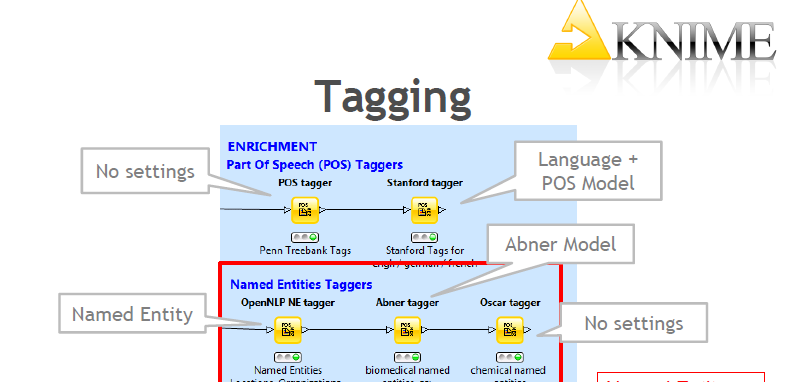
All the above parsers used backtracking in their algorithm, therefore, we could have subtrees that are processed again because there is a wrong assumption in the subtrees created before them. It is used in order to avoi rebuilding subtrees that are already correct. It is a type of chart parsing (in Romanian: parser cu agenda). We consider the following grammar (we also consider that the production rules are processed in this exact order):

If it doesn't, we create a new line for it, and add the first (leftmost) symbol from the sequence_of_symbols. For each production, A -> sequence_of_symbols we take the nonterminal A and check if it already has a corresponding line in the table.
#Pos tagger stanford free
Before applying a production from the context free grammar, it searches for the next word that there is one starting label (in the left corners list) that applies to it. It creates an association between each non-terminal label and a list of all possible left corners (start of the expression). A left-corner parser does some preprocessing before the parsing itself. In the top-down steps it tries to predict the possible structure of the phrase, however continuosly checking the phrase structure through a bottom-up process (checking if the input phrase matches the prediction). The Left-Corner Parser uses both a top-down and a bottom-up strategy.

You can observe the way it works by using the app provided by nltk: (S (NP (PRP I)) (VP (V like) (NP (Det my) (N dog)))) > rdp = nltk.RecursiveDescentParser(gram) This is a top-down parser, that backtracks through the rules, expanding the tree nodes in a depth-first manner. Use the graphical user interface: lexparser-gui.bat It is used to obtain the structure of the sentence and the connections between towens in a sentence. Neither no some such that the them these this those > nltk.pos_tag()Īll an another any both del each either every half la many much nary You can also use Stanford POStagger online version. Try to parse a sentence and learn what each tag means.īefore we tag a raw text, we must tokenize it first In case you receive an error while trying to use the tagger, read here: To compute POS tags we use the tag() method We will use english-bidirectional-distsim.tagger. Tagger=StanfordPOSTagger(model_path, jar_tagger_path)

#Pos tagger stanford archive
Unzip the archive and search for stanford-postagger.jar.įrom import StanfordPOSTagger StanfordPOSTagger is widely used in NLP tasks. Morphological analysis StanfordPOSTaggerĪ POS-tagger is a program that tags words in raw text, idicating their part of speech.Ī POS-tagger is a program that tags words in raw text, indicating their part of speech. Daca nu sunteti logati exercitiile nu se mai afiseaza.


 0 kommentar(er)
0 kommentar(er)
